If you’re planning a Ladakh trip and looking to explore a lesser-known but equally stunning destination, Suru Valley should be on your radar. Located in the Kargil District and fed by the Suru River (which, by the way, is a tributary of the famous Indus River), this place is a feast for the eyes.
The valley’s most notable town, Sankoo, is surrounded by lush greenery, snow-capped peaks, and the occasional yak or horse strolling around like they own the place. Suru Valley is like nature’s peaceful zone—perfect for photographers who are always in search of that “Instagrammable” shot or anyone who just wants to escape the chaos of city life.
No noisy streets, no honking cars—just fresh mountain air. So, pack your bags, forget the city hustle, grab a Ladakh bike tour package, and get ready to take the most serene selfies you’ve ever posted.
Overview of Suru Valley Ladakh
- Location: Suru Valley is in the Kargil district of Ladakh, India, carved by the Suru River and surrounded by the Zanskar Range.
- Altitude: The valley sits at around 2,700 meters (8,860 feet) above sea level.
- Suru Valley Weather and Temperature: Summers range from 10°C to 25°C; winters can drop below -15°C.
- Kargil to Suru Valley Distance: Approximately 70 km, a scenic drive through Himalayan terrain.
- Leh to Suru Valley Distance: Around 200 km, with breathtaking views of mountains, rivers, and high-altitude passes.
best selling ladakh tour packages
Best Time to Visit Suru Valley
The best time to visit Suru Valley, located in the Kargil district of Ladakh, is from late June to September. During these months, the weather is most favorable for outdoor activities, with pleasant daytime temperatures ranging between 15°C to 25°C. This is when the snow melts, roads are accessible, and you can enjoy trekking, sightseeing, and exploring the stunning landscapes of the valley. Nights can be cool, so it’s a good idea to pack some warm layers.
If you're into extreme adventures, winter (from November to February) might be an option, but be prepared for heavy snowfall and freezing temperatures, often dipping below -20°C, making travel quite challenging.
The spring (April to June) and autumn (September to October) seasons are also worth considering for their unique landscapes, with lush greenery in spring and golden hues in autumn, though you may experience sudden weather changes
Suggested Read: Zanskar Valley : All You Need To Know (2025)
How to Reach Suru Valley Ladakh
Suru Valley is located in the Kargil District of Ladakh, and getting there involves a combination of flights, road travel, and a bit of adventure. Here's how to reach Suru Valley:
By Air:
- The nearest airport to Suru Valley is Leh Airport (Kushok Bakula Rimpochee Airport), around 200 kilometers away. From Leh, you can hire a taxi or book a private vehicle to take you to Suru Valley. Leh is well connected to major cities like Delhi, Srinagar, and Mumbai through regular flights.
By Road:
- From Leh, the most common way to reach Suru Valley is by road. You’ll need to travel along the Leh-Kargil Highway (NH1D), which offers scenic views of the rugged mountains and valleys. The road is usually accessible from late May to October, but it is often closed in the winter due to heavy snowfall.
- Alternatively, you can drive from Srinagar to Kargil and then head towards Suru Valley, though this route can be longer and more challenging depending on weather conditions.
By Taxi or Shared Cabs:
- Once in Leh or Kargil, taxis and shared cabs are available for a more comfortable ride. It’s also possible to hire bikes or scooters in Leh for those who prefer a more adventurous journey.
Top Places to Visit in Suru Valley
Not the most famous valley in Ladakh, but Suru Valley has some hidden gems worth checking out. While it might not be on every tourist's radar, it definitely deserves a spot on yours! So, grab your adventure hat and let’s explore some of the top places to visit in Suru Valley:
Often called the "Gulmarg of Ladakh," Sankoo is like the serene cousin of its more famous counterparts. With its rolling meadows, vibrant wildflowers, and the Suru River flowing through, it’s the perfect spot for nature lovers.
Trekking routes from here lead to places like Shargole and Drass, adding some adventure to your peaceful escape. It's one of the most stunning spots in Suru Valley, and whether you’re hiking or just lounging around, you’ll never want to leave.
If you’re looking for peace and natural beauty, Damsna is your go-to village. Nestled along the Suru River, this village is perfect for picnics, camping, and astrophotography, with clear skies making it ideal for capturing the stars. And let’s not forget the view of the Nun-Kun peaks, which adds a magical touch to your time here. Trekking to these peaks is one of the best activities to do in Suru Valley.
Known for its ancient 7th-century stone carving of Maitreya Buddha, Kartse Khar is a hidden gem in Suru Valley. This historical site offers a blend of culture and spirituality, giving visitors a chance to connect with Ladakh’s deep-rooted traditions. It’s one of those places where you can truly appreciate the fusion of art, religion, and nature.
For mountaineers and photographers alike, the Nun-Kun massif is a must-see. The towering peaks of Nun (7,135 m) and Kun (7,077 m) dominate the Ladakhi skyline. These two mighty mountains are not only a challenge for climbers but also offer some of the best views in Suru Valley.
If you’re into adventure or simply want to enjoy the magnificence of the landscape, Nun-Kun’s peaks won’t disappoint!
Known for its breathtaking views of the Nun-Kun peaks, Panikhar is a peaceful village that acts as a base for expeditions and mountaineering activities.
Its serene vibe makes it perfect for anyone seeking a peaceful retreat, but it also serves as an adventure hub for those looking to scale the mighty mountains nearby. Panikhar is one of the top tourist attractions in Suru Valley for a reason!
The Parkachik Glacier is one of Suru Valley’s most stunning natural wonders. Feeding the Suru River, it’s a sight to behold, especially from the suspension bridge in Panikhar. It’s perfect for nature lovers and photographers looking to capture the glacier’s raw beauty and the surrounding landscapes. Be sure to add this to your list of top tourist attractions in Suru Valley!
Rangdum, the last inhabited village in Suru Valley, is a haven of serenity. Home to the beautiful Rangdum monastery, this village is surrounded by awe-inspiring landscapes. It’s a great place to experience Ladakh’s peaceful vibe and culture while marveling at the vast, untouched beauty around you. If you're looking to disconnect and recharge, Rangdum is the place to do it.
For those who love glaciers (and who doesn’t?), the Drang Drung Glacier in Suru Valley is a must-see. Known as one of the largest glaciers in Ladakh, it’s a jaw-dropping sight that will leave you in awe. Whether you’re trekking or just visiting for the view, Drang Drung is a standout in the Ladakh landscape and exploring this gem is definitely among the best things to do near Suru Valley.
Best Things to Do in Suru Valley
Here are some of the best things to do in Suru Valley, guaranteed to make your trip unforgettable:
- Adventure Trekking in Suru Valley and Hiking: Ready to stretch those legs? Suru Valley offers some of the scenic treks in Ladakh, like the Penzila Pass hike, where you can challenge yourself while surrounded by jaw-dropping views.
- Visit Buddhist Monasteries: The monasteries in Chiktan and Wakha are perfect for soaking in some peace, learning about the rich history, and maybe even finding your inner zen.
- Photography: If you're into photography, Suru Valley is the dream. From lush green fields to majestic mountains, every corner is Instagram gold. Oh, and don’t forget the yaks and horses casually strolling by like they own the place.
- Fishing and River Fun: If you prefer a more laid-back vibe, the Suru River is perfect for fishing or just chilling by the calm waters.
- Meet the Locals: The people here are as warm as the scenery. Chat with the locals to get a glimpse into their traditional lifestyle and maybe even hear some wild stories about the valley’s rich history.
- Stargazing at Night: With Suru Valley being away from the city lights, it's an excellent place for stargazing. The clear night skies offer a spectacular view of the stars, planets, and even the Milky Way.
- Visit Kargil Town: Just a short drive away, Kargil offers a mix of culture and history. You can visit the Kargil War Memorial to pay tribute to the heroes or explore the local markets for some unique souvenirs.
Best Trekking Routes in Suru Valley
1. Panikhar to Parkachik Ridge Trek
- Duration: 1–2 days
- Difficulty: Easy to Moderate
- Highlights: This short Suru Valley trek offers panoramic views of the Suru Valley, Parkachik Glacier, and the towering Nun-Kun peaks. It's ideal for acclimatization or a scenic day hike.
- Details: The ridge can be reached from either Panikhar (2–3 hours) or Parkachik (1–2 hours). From Parkachik, a 3–4 hour round trip leads to the icefall at the base of Nun-Kun.
2. Drang-Drung Glacier Trek via Pensi La
- Duration: 1 day
- Difficulty: Moderate
- Highlights: Witness the majestic Drang-Drung Glacier, the second-largest in Ladakh, stretching 23 km. The glacier is visible directly from the roadside near Pensi La.
- Details: Situated at an altitude of 4,780 meters, this glacier is a slow-moving river of ice, constantly shifting under the force of gravity.
3. Rangdum to Padum Trek
- Duration: 6–7 days
- Difficulty: Moderate to Challenging
- Highlights: Traverse through remote Buddhist monasteries, alpine meadows, and cross high passes like Pitzongla at 5,025 meters.
- Details: This Suru Valley trek offers breathtaking views of the Zanskar Range and glacier-clad peaks like Nun-Kun.
4. Nun-Kun Base Camp via Shafat Nala
- Duration: 10–12 days
- Difficulty: Challenging
- Highlights: Approach the base camp of Mount Kun (7,077 meters), India's second-highest unclimbed peak.
- Details: The route starts from the village of Shafat at around 3,800 meters. The hike to base camp involves traversing open meadows and rough glacier moraine.
Suggested Read: Sham Valley Trek : “The Baby Trek” - Complete Guide
Where to Stay in Suru Valley
Suru Valley isn’t exactly the place for five-star luxury, but don’t worry, there are still a few cozy spots to lay your head after a day of exploring. Think more comfort than glam, but with stunning views and humble charm.
Homestays:
- This is the most common and authentic way to stay in Suru Valley.
- Homestays offer simple but comfortable accommodation, often with traditional Ladakhi-style rooms.
- You'll get to experience local culture and hospitality firsthand.
Guest Houses:
- A few guest houses are available in villages like Panikhar and Sankoo.
- These offer basic amenities like clean rooms and meals.
Camping:
- For the adventurous, camping in the stunning landscapes of Suru Valley is an unforgettable experience.
- You'll need to bring your own camping gear and be prepared for cold nights.
Suru Valley Hotels and Homestays:
Located just 17 km from the heart of Suru Valley, Suru Valley Resort offers spacious and comfortable rooms with breathtaking scenic views. Ideal for families and couples, this resort provides a serene environment to unwind after a day of exploring the valley. Its peaceful surroundings make it a perfect base for nature lovers who want to soak in the calm and beauty of the region.
About 112.9 km from Suru Valley, Tyakshi Eco Village is a charming eco-friendly stay that blends sustainability with comfort. The property emphasizes green practices while providing modern amenities, making it an ideal choice for eco-conscious tourists looking for a unique and serene getaway.
Situated 10.6 km from Suru Valley, The Magpie’s Nest is a cozy and convenient option for travelers. It offers essential amenities such as breakfast, free parking, pet-friendly rooms, a restaurant, room service, and airport shuttle services. This property is great for both short stays and extended trips, giving visitors a comfortable base to explore the surrounding valley and attractions.
Also located 10.6 km from Suru Valley, Hotel Khayoul provides a comfortable and well-equipped stay with a range of facilities. Guests can enjoy breakfast, Wi-Fi, free parking, spa services, and accessible rooms. Pet-friendly and family-friendly, this hotel caters to travelers seeking convenience along with a relaxing environment after a day of exploring the scenic valley.
- Green Edge Homestay Brakoo Sankoo
This homestay in Brakoo Sankoo offers a peaceful retreat, with mountain and river views. It features a public bath, cycling opportunities, and a sun terrace, perfect for guests seeking tranquility and adventure.
Suggested Read: Drass Valley: The Gateway to Ladakh’s Cold Desert
The history of Suru Valley Ladakh is deeply woven into the region's cultural and historical fabric. This scenic valley in the Kargil District has witnessed various migrations, including the famous story of the Gilgit prince Thankhan. After escaping an assassination plot, he passed through Suru Valley, adding a significant legend to its history. This valley, known for its natural beauty and fertile land, became an important location for both agriculture and spiritual growth.
Strategically placed along trade routes to Tibet, Suru Valley has always held importance. During the medieval period, local rulers like Thatha helped spread Buddhism throughout the valley, leading to the construction of Buddhist temples, including those at Chiktan and Wakha.
These temples mark the cultural transformation in the region. Over time, Suru Valley has remained an essential part of Ladakh's heritage, offering a blend of natural beauty and spiritual significance that continues to shape its identity today.
Tips to Visit Suru Valley
- Things to Carry: Skincare, Light Snacks, Water, Jackets, etc.
- Do’s and Don’ts: Respect local wildlife and habitats, Follow designated trails, do not litter, do not disturb or feed the wildlife.
- Permits: Inner Line Permit required for Indian tourists and Protected Area Permit for foreign tourists.
- Clothing: Layered warm clothing, windproof and waterproof jackets, gloves and many more.
- Essential Items to carry: Personal Medications, First aid-kit, Portable charger, maps or GPS devices.
- Route: From Leh, take the Leh-Manali Highway (NH3)
Suru Valley is one of the unexplored valleys of Ladakh, a hidden gem where adventure meets tranquility. Trek through Sankoo, soak in the views of the majestic Nun-Kun peaks, or explore cultural spots like Kartse Khar, you’ll never run out of things to do.
For those craving more, nearby treasures like Damsna and Rangdum add extra charm with their serene landscapes and untouched beauty. So, pack your bags, ditch the hustle, and let Suru Valley treat you to a mix of thrill, calm, and those “wow” moments you didn’t even know you were missing!





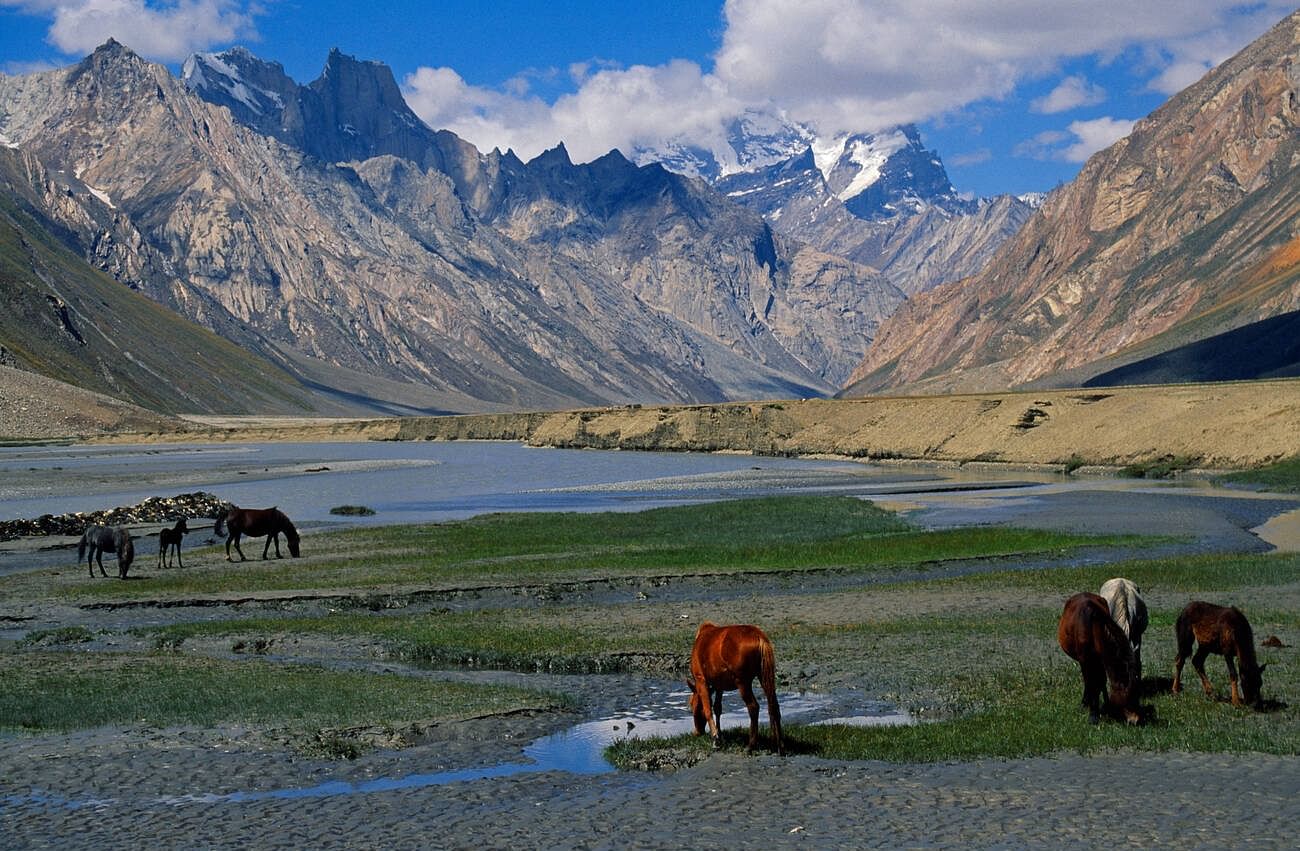
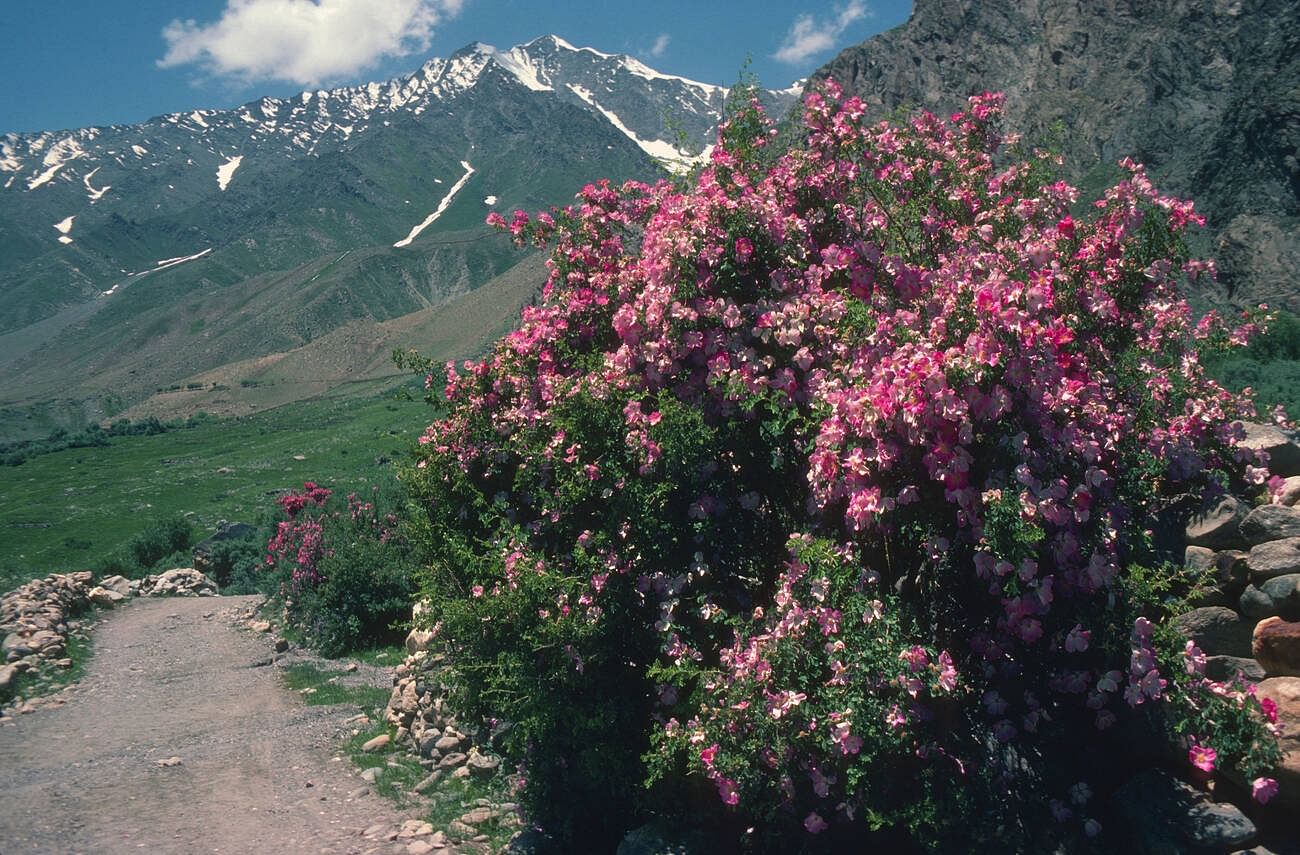
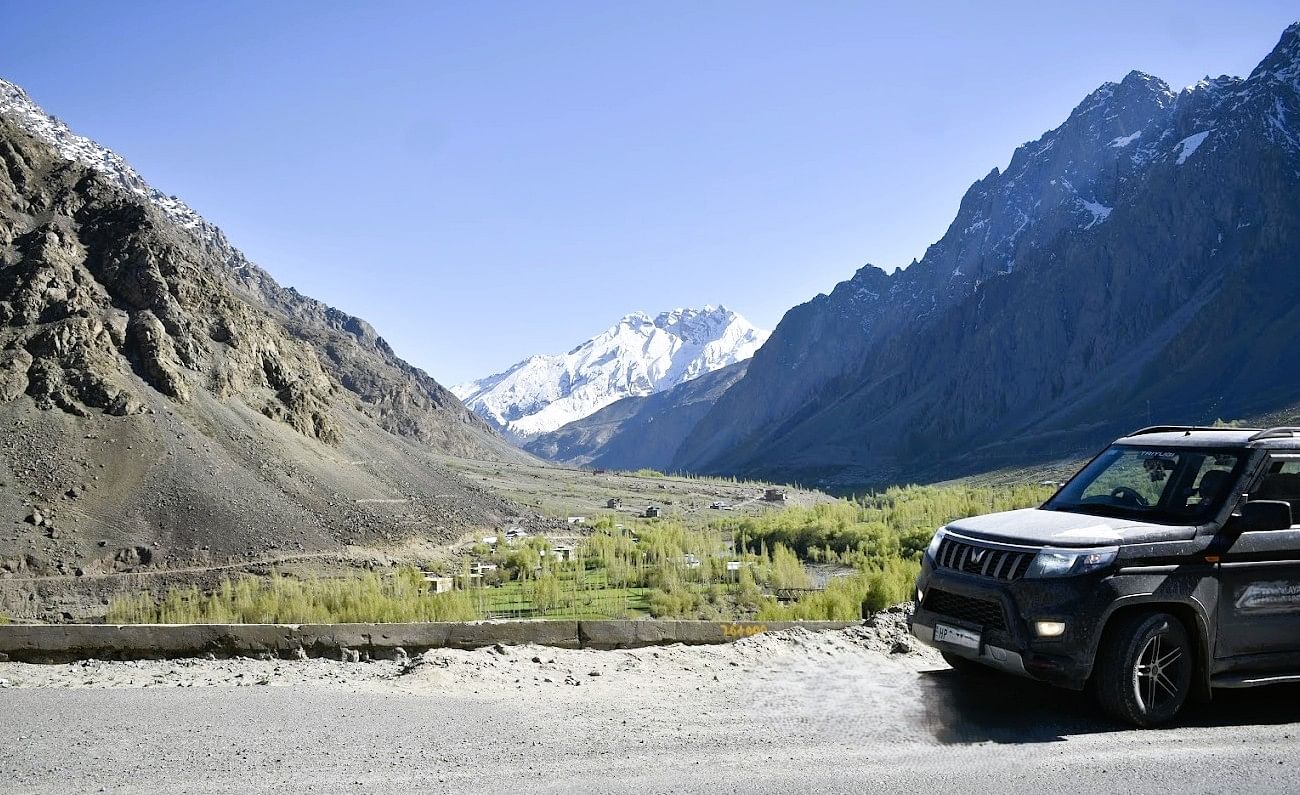
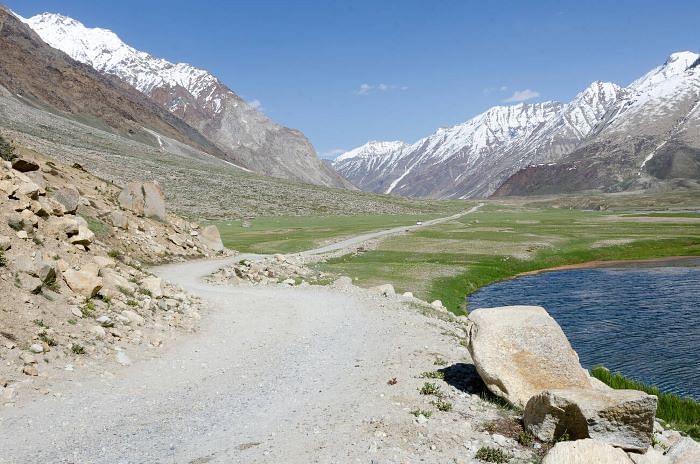
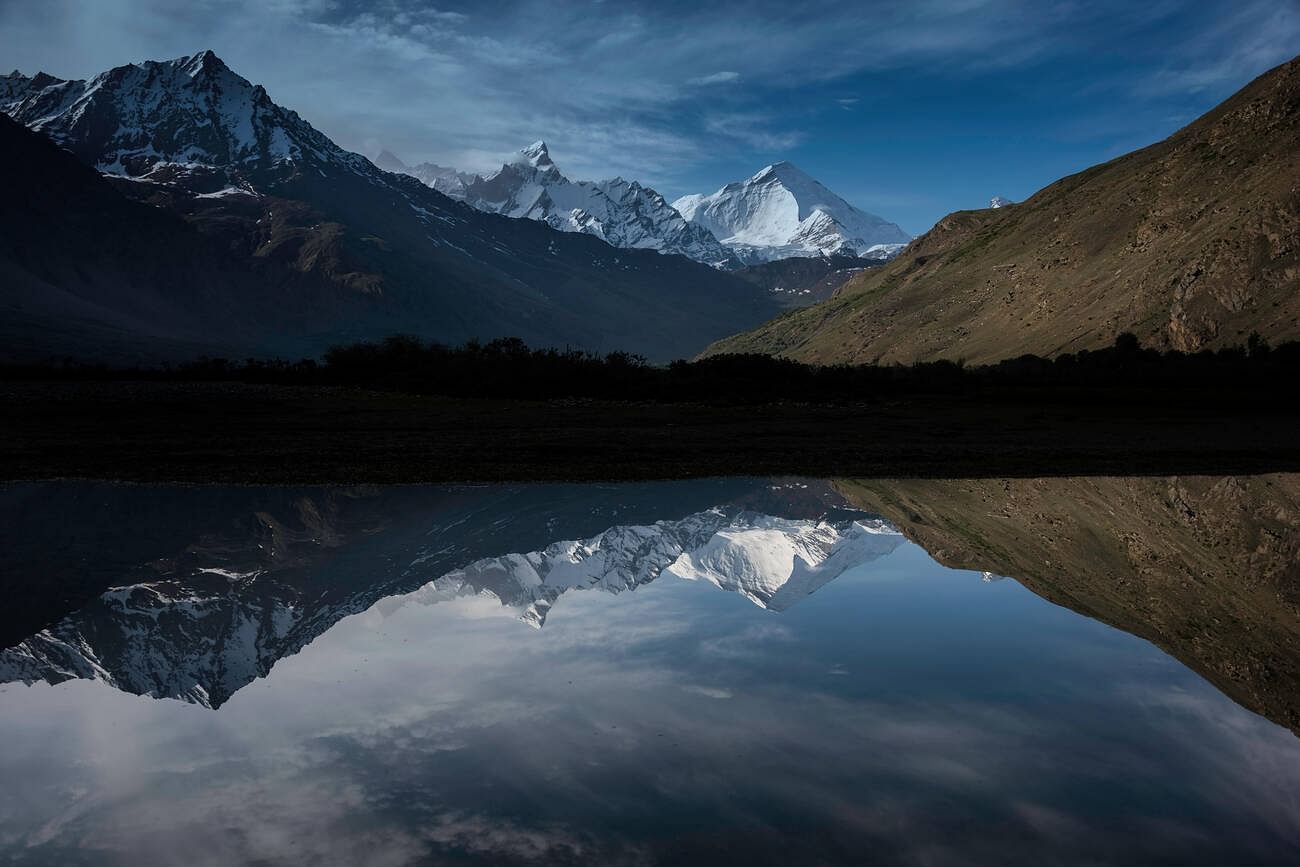
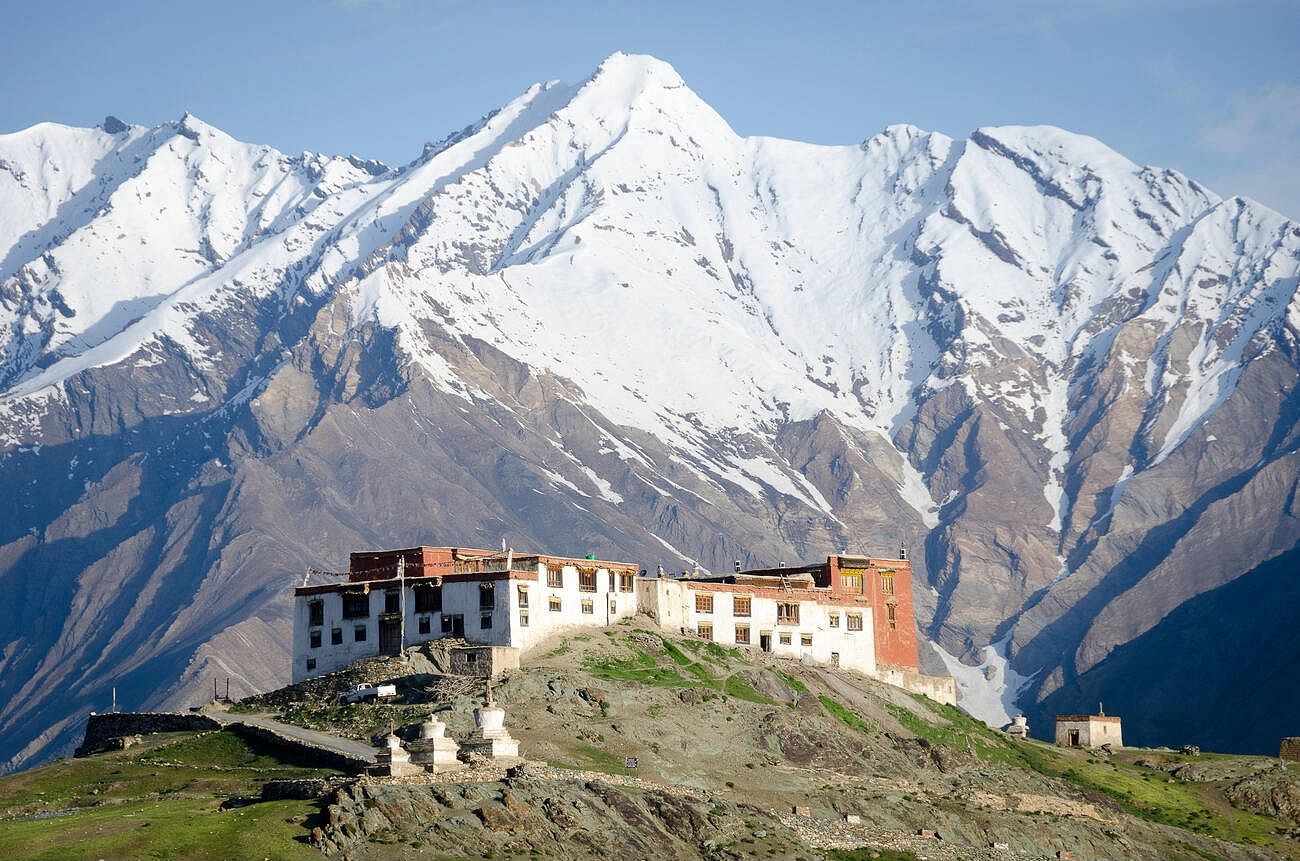
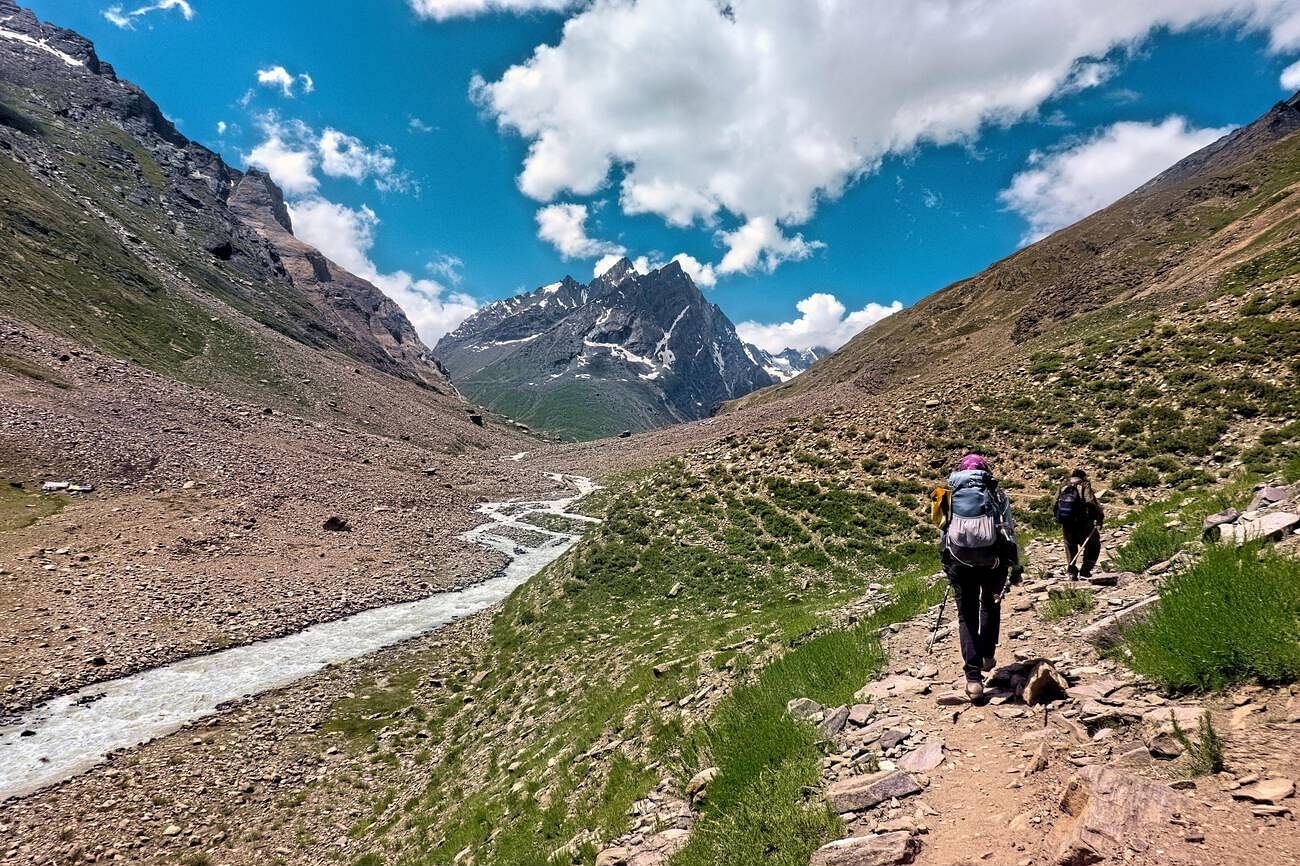
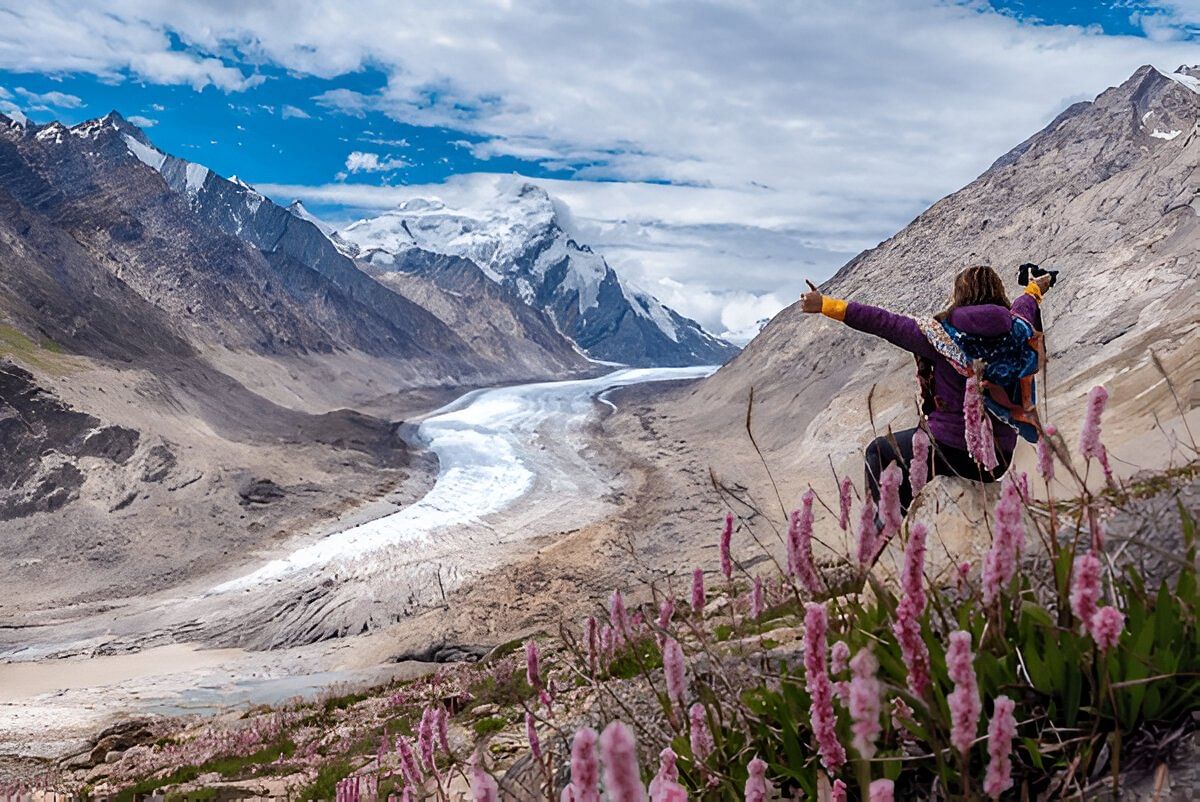
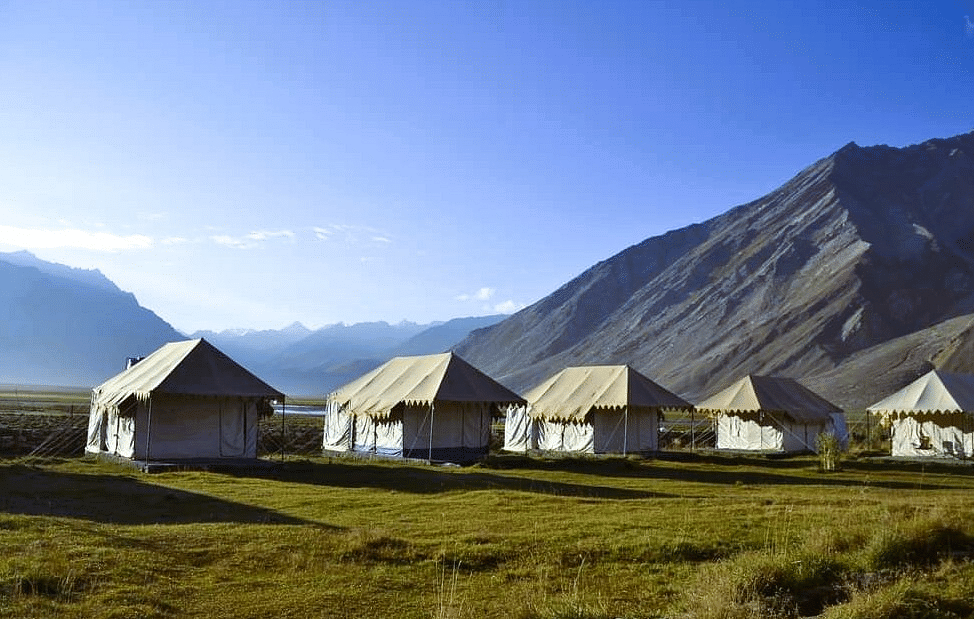
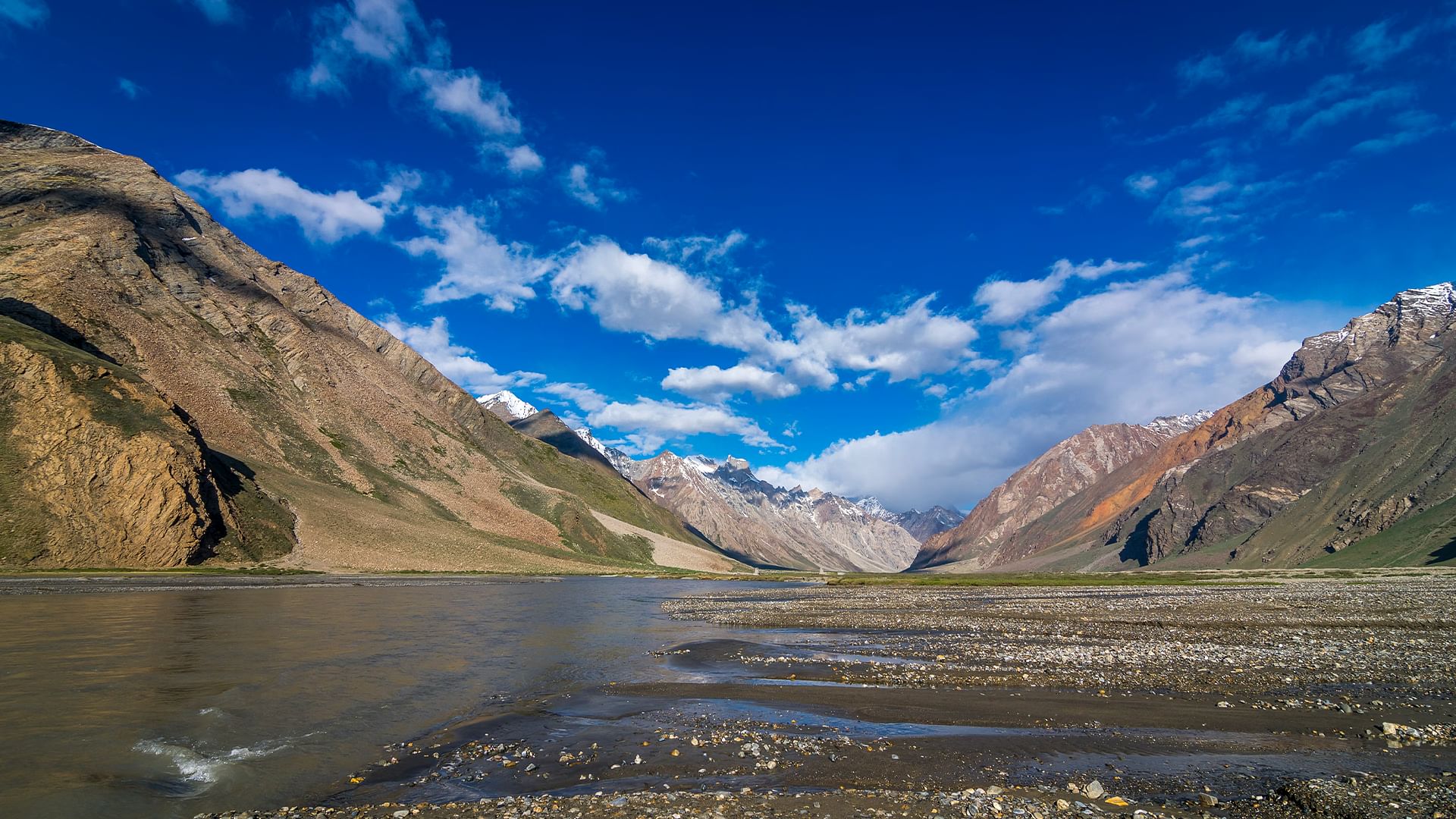

.webp?updatedAt=1744700396004)
.webp?updatedAt=1744700396125)
.webp?updatedAt=1744700396036)
.webp?updatedAt=1744700396120)
.webp?updatedAt=1744700396009)
.webp?updatedAt=1744700396037)
.webp?updatedAt=1744700396035)
.webp?updatedAt=1744700396092)